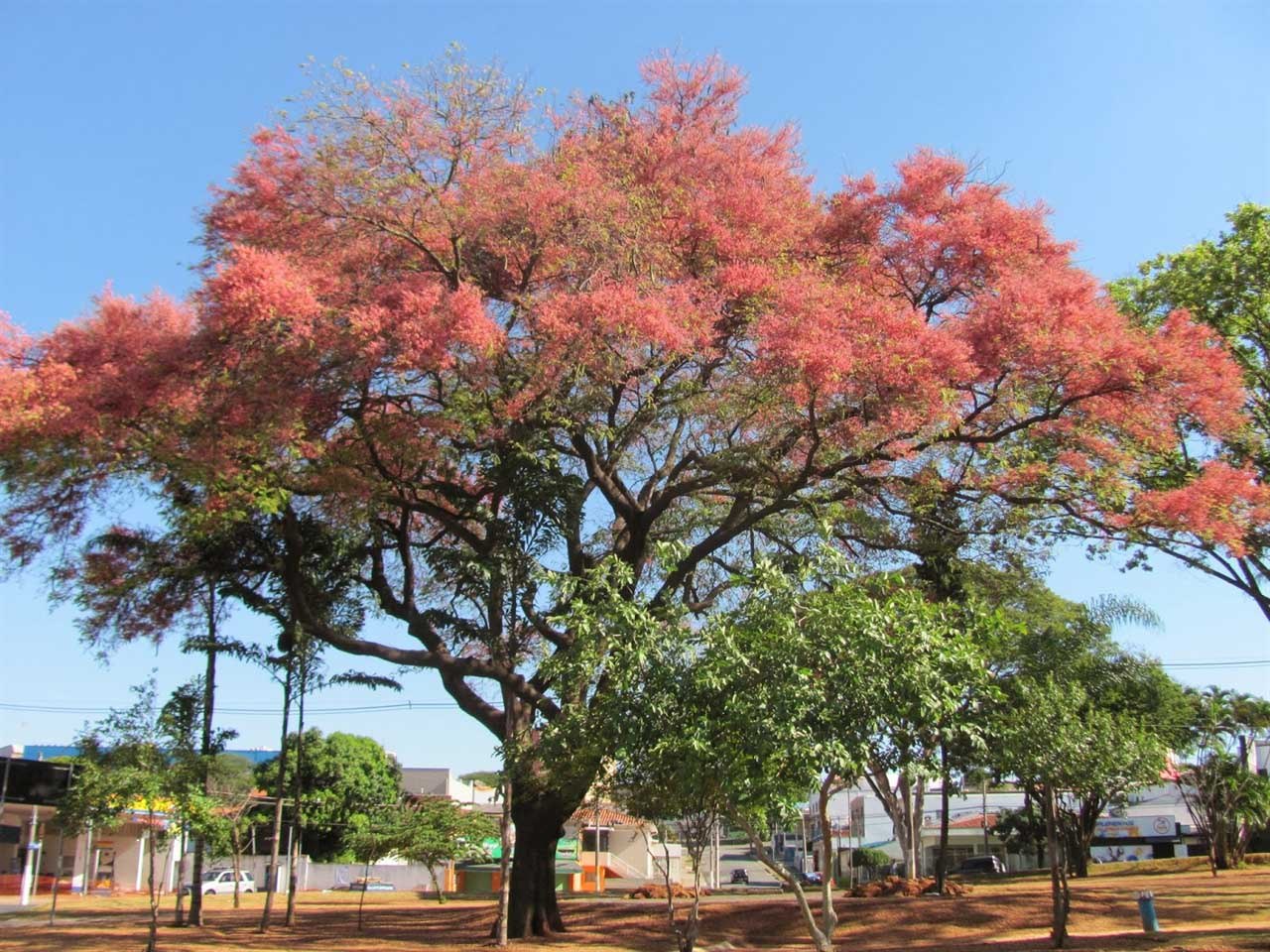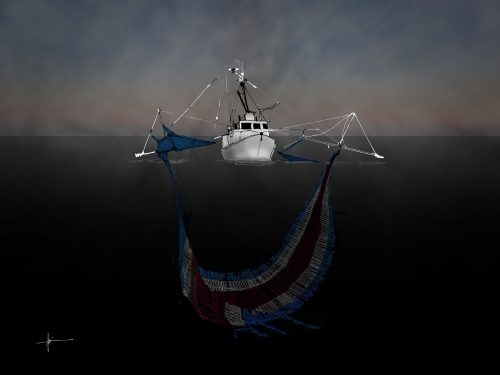
Being asked to write a brief on Going Native, I mentally browsed the dry land tropical forest of the Guanacaste. There are quite a few distinct species that come to mind, but the one that really grabbed my attention was Cassia grandis, often called Carao in the Guanacaste and Stinking Toe with the Caribbean culture. My attraction with this native deciduous tree extends beyond its gorgeous late dry season pink flowering canopy.
Being in the legume family, Fabaceae, it is one of those miraculous plants that have the ability to fix atmospheric nitrogen into the soil. (Note: not all legumes fix nitrogen, but most do. Also, many non-leguminous species also have this ability.) What this means to both this individual species and the plants within its root surroundings are enormous. Essentially, through a symbiotic bacterial association it has the ability to supply all of its fertility needs. Quite a miracle! We’re now beginning to look at the multi-functionality of this ingenious species.
As it fixes nitrogen, it creates a support system aiding in the growth of the surrounding ecosystem. We now begin to realize that this species and its relatives are key components to this ecosystem, for this specific reason. Therefore, whether designing a garden or farm, or simply setting out to reforest the Guanacaste always remember your native leguminous multi-functional plants/trees such as Cassia grandis.
Beyond on-site fertility production, this multi-functional tree also produces a medicinally potent fruiting pod. We’ve all seen them. They’re up to two feet long and have a similar odor to molasses. The fruit within the pod is exacted and often fermented, bottled and sold in local artesian markets throughout the country as miel de curao. I highly recommend its addition to any Papaya batido.
The flowering blossoms of the Carao are an important dry season nectar source for bees, birds and butterflies. For this specific reason alone, we must interplant Carao throughout our landscapes.
Keep an eye out for Carao and discover countless other uses of this unique and exciting native Guanacaste tree. It’s quite easy to spot; its new foliage has a red ornamental glow. Or, just listen to the sound of the enthusiastic bees in March.
Evan Marks works with permaculture and egroecology. He worked in Costa Rica, Peru, Mexico, Ghana and Nigeria. He is the Founder and Director of The Ecology Center in California, US.







Comments